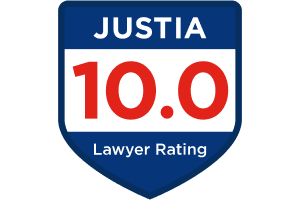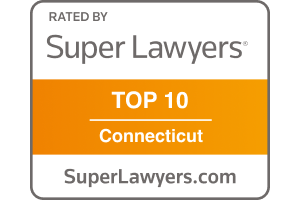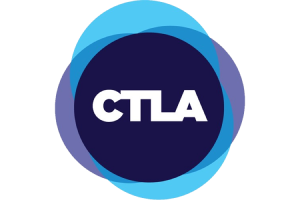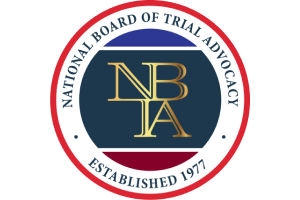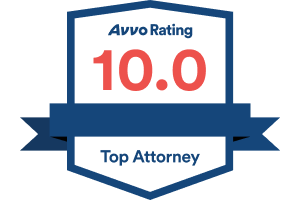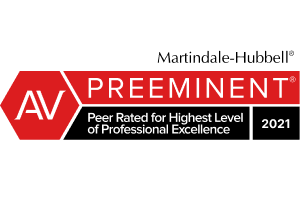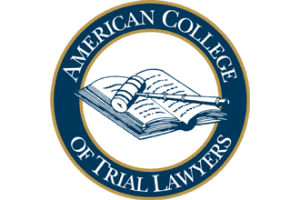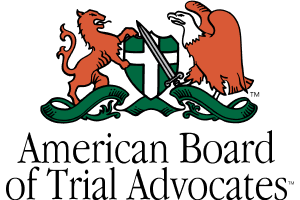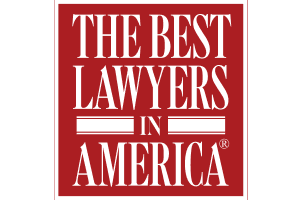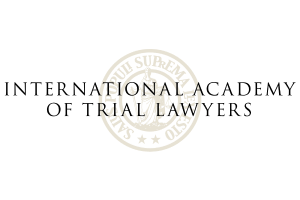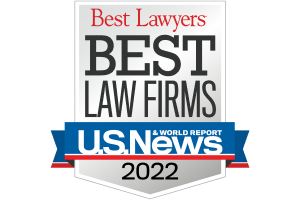Who Get Results
Premises Liability
At Robinson Mahoney, we have successfully represented many people injured on the property of others. Most of these claims we have brought as Fairfield Premises Liability Lawyers involve falls. The reason for the fall is typically some substance on the ground or a defect in the surface. Many times, the injuries suffered in the fall are substantial.
At Robinson Mahoney, we know that the first thing we need to do is identify why our client was on the property when they fell. Why is that important? The reason why the person was on the property establishes what duty the owner had to the person that fell. For example, if the owner invited the person to go on the premises, under Connecticut Law the owner has a duty to use reasonable care to inspect and maintain the premises so that it reasonably safe. In addition, we are Fairfield County Premises Liability Lawyers who know that the owner has a duty to warn the person of defects. This is the standard to which we hold businesses when they profit from people coming to their property.
The property owner’s duty is different if the person who fell was a trespasser. As Fairfield Premises Liability Lawyers, we know that the property owner has no duty to safeguard a trespasser from injury. That is because under Connecticut law the owner has a right to assume that people will not trespass on the land. There can be exceptions to that rule if the owner knows that trespassers frequently come upon the land.
There is a gray area between someone who is invited on the property and someone who trespasses. Under Connecticut law they are called a licensee. These are people who go on the property with the owner’s consent but who are not officially invited. An owner has a duty to warn the licensee of a risk on the property.
You need Fairfield County Premises Liability Lawyers, who know the importance of determining which category you fall into so we can begin to develop why the property owner was responsible. But it is not always the owner that is responsible. For example, a mall might be owned by a big company and within the mall are dozens of stores. If our client falls at the mall, we must establish who was in control of the area where the fall occurred. If the fall happened in a common area on ice, it may be that the owner of the property is responsible as the owner has control of sanding the outside. However, if the fall happened within a store, perhaps it is the fault of that business as the business controls what happens within the four corners of their property.
A defect which causes a fall is a condition which makes the premises not reasonably safe. However, to prove that the owner is responsible for the defect, we must establish that the owner knew or should have known of the defect. In Connecticut, if the owner knew about the defect, that is called “actual notice”. However, another way to hold an owner responsible is when we can establish “constructive notice”. That means that th’e condition was there for such a period that the owner really should have found it and fixed it.
In virtually every premises liability case, the insurance company blames our client for their fall. They say that our client should have seen the defect and avoided it. This is called “comparative negligence”. Fault is like a pie. If the insurance company can prove that our client was more than 50% at fault for the fall, then our client loses. We have developed techniques and strategies to minimize the effectiveness of this defense tactic.
If you have questions about premises liability cases, please give us a call. During a free consultation we can explain your options to you. Our team works with clients from the Fairfield, Westport, Bridgeport, Trumbull, and Easton, CT areas.


